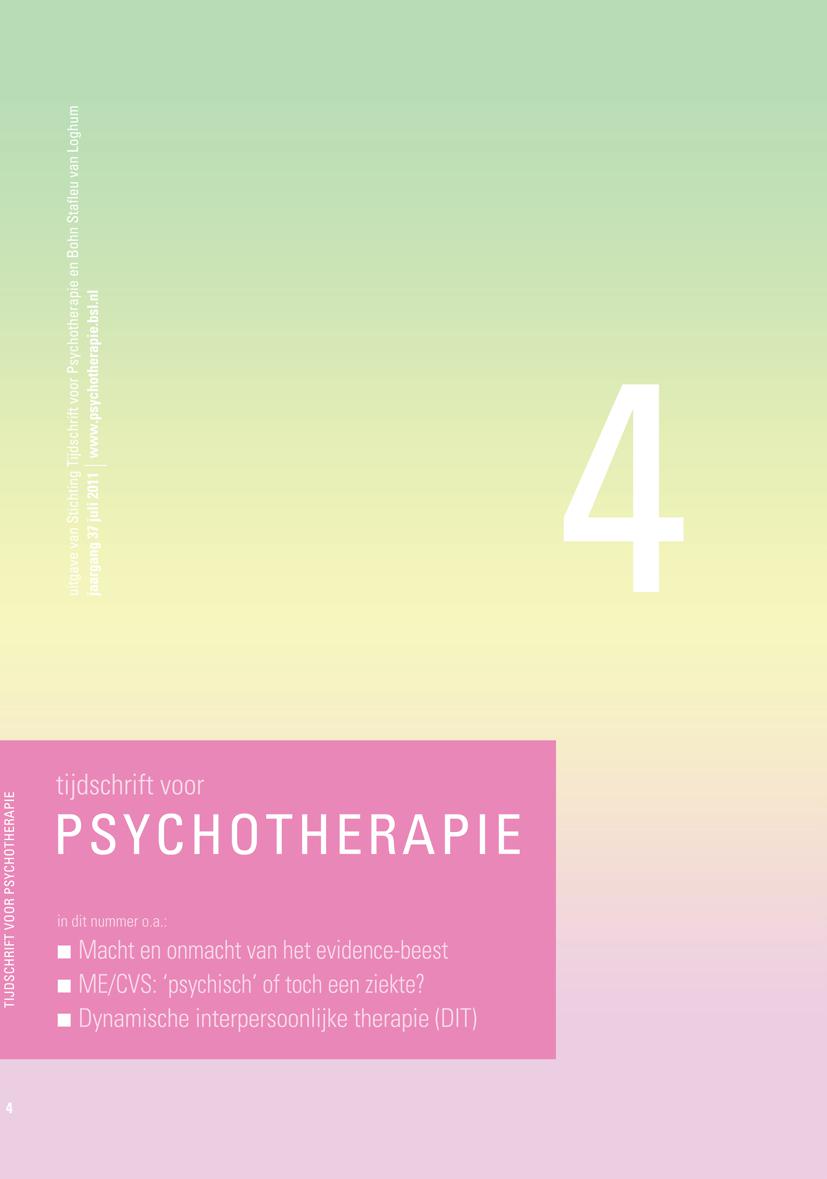Frank N.M. Twisk, Rob J.W. Arnoldus and Michael Maes
• Cognitive Behavioral Therapy (CBT)/Graded Exercise Therapy (GET) is often proclaimed to be the only evidence-based therapy for Myalgic Encephalomyelitis (ME)/Chronic Fatigue Syndrome (CFS). However, medical research has proven that the psychosocial explanatory models of Vercoulen and others – being the justification for CBT/GET – are invalid, and that CBT/GET is not only ineffective, but also potentially harmful for patients. Characteristic symptoms, like pain, cognitive impairment, fatigue and post-exertional malaise, can plausibly be explained by physical abnormalities, especially inflammation, oxidative/nitrosative stress, metabolic dysfunction, cardiovascular disturbances, gastro-intestinal aberrations and ion channel dysfunction. The dominance of the psychosocial explanatory model and CBT/GET has profound medical, juridical, financial/ social and psycho/emotional consequences for patients. Based upon these observations the psychologist/psychotherapist should question his role as CBT/GET therapist, also because, as a result of psychologizing ME/CFS, many patients are reluctant to seek essential psychological counselling aimed at coping with the disease.
G. Delfstra
• In this paper I present a new model of short-term psychodynamic psychotherapy for the treatment of depression and anxiety, called Dynamic Interpersonal Therapy. The model is based on object relation theory, mentalisation and attachment theory, and Sullivan’s interpersonal psychoanalysis. In the Netherlands, this model has been adapted to make DIT suitable for group therapy. DIT is also being used in the treatment of ‘medically unexplained symptoms’.

